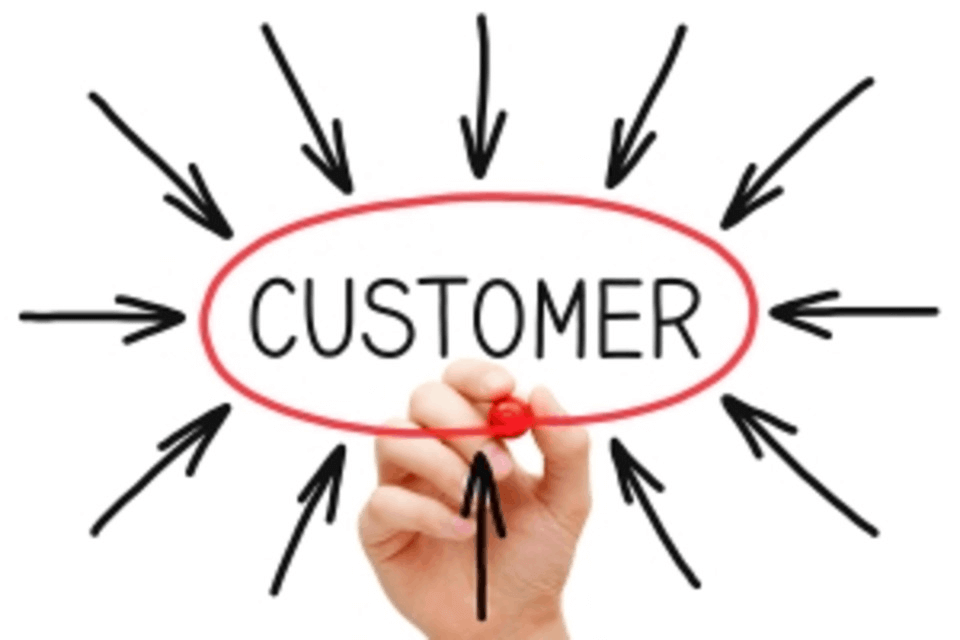How OneStream Maintains 100% Customer Success: A Chat with Co-Founder Craig Colby

Achieving 100% customer success is a key mission of OneStream Software, and it drives everything we do – across Engineering, Marketing, Sales, Services, Support and other functions. And it comes through in the accolades we are getting from industry analyst firms for customer success.
Here are some recent examples of those accolades:
- In The BARC Planning Survey 18, OneStream is the leader in Customer Satisfaction with a perfect score (and led in 10 other key metrics in the report.)
- In BPM Partner’s BPM Pulse Awards, OneStream was #1 in Overall Satisfaction as well as Product Innovation
- Dresner Advisory Services recognized OneStream for the perfect ‘5-out-of-5’ recommend score it received in its Wisdom of Crowds Enterprise Planning Survey. OneStream was named a Leader in their Customer Experience and Vendor Credibility models.
- Gartner recognized OneStream as a Visionary in their Magic Quadrant Reports for Cloud Financial Close and Cloud Financial Planning and Analysis Solutions.
These reports and awards validate our focus on delivering 100% customer success. I sat down with OneStream co-founder and Chief Revenue Office Craig Colby to get more insight into OneStream’s customer-centric approach and how we keep earning top marks from independent research firms.
John: How important is customer-centricity to OneStream?
Craig: From my perspective it means everything. Just look at our mission statement – every customer must be a reference and a success with OneStream Software.
Every decision that we make as an organization from product roadmap development and positioning to the people we hire revolves around the idea that the customer comes first, and we want to align everyone in the organization to that.
John: Customer-centricity seems most prevalent in sales, marketing and customer service teams. How does OneStream align beyond those customer-facing functions?
Craig: Customer-centricity has to go well beyond sales, marketing and service. Right after the contract is signed, customers enter the most challenging and critical phase of their lifecycle, which is training and implementation.

It’s all pulling for the same mission, ensuring that once a customer has made the decision to go with us, we’re not going to let them down. We’re going to make them successful and we’re going to pull whatever levers are necessary to do so.
John: How about communications with the customer? We are doing a great deal behind the scenes to enable success. But how do we work directly with customers through the implementation process?
Craig: Great point. We have a customer success department that is onboarding each customer. We set expectations of what’s going to happen going forward. Every customer is aligned to a customer success manager starting with that onboarding process. That customer success manager has a regular cadence with that customer to take their pulse continually during the implementation project and after they are live. We’re always trying to get direct feedback and understand how we’re doing.
John: One thing that makes us unique is our approach to tech support. Many vendors have multiple levels of hotlines where an agent takes the call and then passes it off to someone else, then someone else and so on. How does our tech support model factor into alignment with our customers?
Craig: We employ a single-tier model for supporting our customers. The person that answers your call is taking you all the way from response completely through to resolution. What that means is that you don’t have to explain your business problem seven different times. Our entire support team is organized in such a way that that one person takes you through the entire resolution cycle without multiple hand-offs. Customer feedback has been overwhelming. Many see this as a big advantage, making it easier to work with us.
By the way, customers who log a ticket will get a response quickly. We aim to resolve as fast as possible. Our current resolution metric is 90% resolved within a day.
John: Wow, that’s a high number.
Craig: Customer-centricity is really about the way that teams respond, way more than being perfect. I would argue that perfection is not the standard and is, in fact, impossible. We don’t have the expectation that we’re perfect in any way, shape or form.
Our customer success, support and development teams are listening closely to our customers, learning and responding as needed to make sure that they’re successful. We get smarter with every issue we resolve, then leverage that to make sure other businesses can avoid the same or similar challenges.
So, it’s about listening to our customers as well as learning from them, providing a timely response and being very agile to make sure that the software aligns with their needs.
John: Responsiveness is really critical to customer-centricity.
Craig: YES! We have a culture of responsiveness that adjusts and shifts quickly to solve and even pre-empt issues.
Our development team, for example, is incredibly responsive. They take every single customer enhancement request and ‘triage’ it. Should this go out to multiple customers? Can this benefit other customers also? And how important is it? What release does it go into?
So, we take these things seriously. It’s our goal to respond to all of those enhancements and explain where they are in the lifecycle of the product. Customers really appreciate that. They see their ideas going into the software for the next release.
Along with responsiveness comes accessibility and we strive to be as open and available to customers as possible. That’s also part of our culture, coming from the top down. Our CEO Tom Shea and Chief Technology Officer Bob Powers meet frequently with customers, actively listening and seeking feedback to make our offering better.
John: Is there anything else you’d like to add on customer-centricity?
Craig: When I sit back and think about it, there really isn’t a single task at OneStream that doesn’t tie back to helping our customers succeed. I don’t know if corporate lifestyle is the right term, but putting the customer first is definitely the OneStream mindset.
There you have it. Some key insights into how OneStream embraces our missions of achieving 100% customer success at all phases of the customer lifecycle. To learn more about OneStream and the results our customers are achieving, check out our customer success stories at www.onestream.com.
John O’Rourke is Vice President of Product Marketing at OneStream Software. With a background in accounting and finance, John has over 30 years of experience in the software industry, including 20 years of experience in product marketing at Hyperion Solutions, Oracle and Host Analytics. He has worked with many customers and partners on financial reporting and planning initiatives and has spoken and written on many topics in corporate performance management. John has also held positions in strategic marketing and product marketing at Dun & Bradstreet Software, Kenan Systems and Decisyon.
Don’t Miss Another Blog Article, Subscribe Today!
Get Started With a Personal Demo


